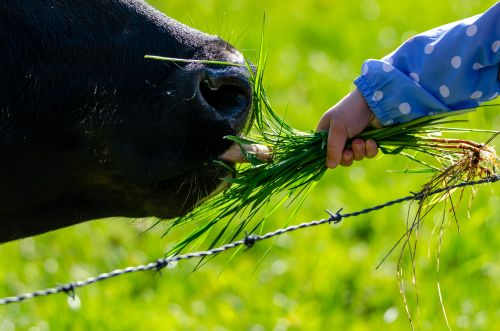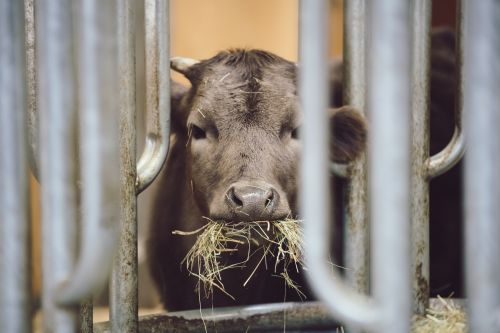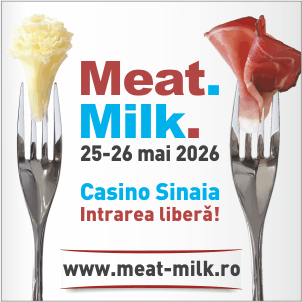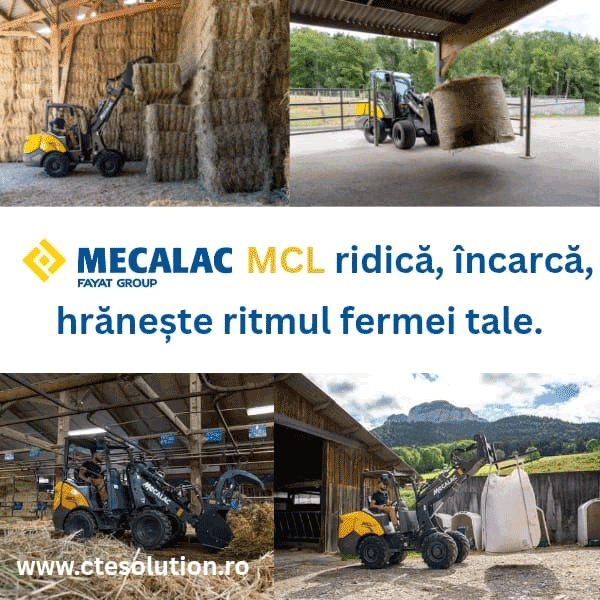435
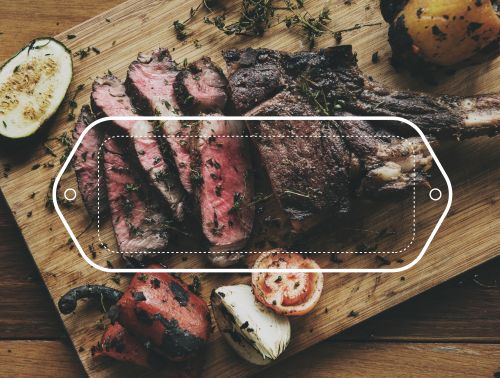
Origin labeling for beef is an obligation imposed by the European Union through Regulation (EU) No. 1337/2013, which sets out clear requirements regarding the indication of the country of birth, rearing, and slaughter of animals. For Romania, this regulation represents both a challenge and an opportunity.
According to Eurostat, Romania produces approximately 180,000 tons of beef annually, but domestic consumption exceeds production, making significant imports necessary. The National Institute of Statistics (INS) shows that in 2024 beef imports increased by 12% compared to the previous year, especially from Western European states. “The Romanian consumer wants to know exactly where the meat they consume comes from, and clear labeling builds trust,” says an expert from the Ministry of Agriculture and Rural Development (MADR). The FAO notes that transparency in the supply chain is an essential criterion for access to international markets.
At the same time, the National Sanitary Veterinary and Food Safety Authority (ANSVSA) emphasizes that non-compliance in labeling can lead to severe sanctions, including a ban on marketing. For Romanian processors, origin labeling requires additional investments in digital traceability systems and internal controls. In the long term, this regulation can strengthen the image of Romanian products, especially if the authorities support campaigns promoting local meat. Origin labeling is not just a bureaucratic obligation, but a strategy for strengthening competitiveness and increasing consumer confidence.
(Photo: Freepik)
